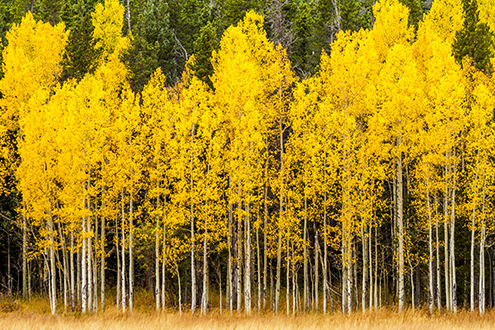 /wp-content/uploads/2021/10/fall_solar_sale-495x330-1.png
330
495
Chris Allis
/wp-content/uploads/2021/06/ecomark-solar-logo-with-panel.png
Chris Allis2021-10-27 13:26:042021-11-22 13:33:46Eight Reasons Fall is the Best Time to Order Solar
/wp-content/uploads/2021/10/fall_solar_sale-495x330-1.png
330
495
Chris Allis
/wp-content/uploads/2021/06/ecomark-solar-logo-with-panel.png
Chris Allis2021-10-27 13:26:042021-11-22 13:33:46Eight Reasons Fall is the Best Time to Order SolarOne of the most common problems that can reduce the value of your home is roof damage.
When a heavy windstorm blows shingles all over the back yard, roofing damage is easy to identify. However, even a storm without heavy winds can damage your roof in ways that are difficult to see from the ground, and hailstones are frequently the culprit in that scenario.
What Is Hail Damage?
Hail is formed by water droplets high in the clouds. Even on a warm summer day, it’s possible for layers of air to exist high above the ground that are cold enough to freeze water. In the right conditions, upward wind currents can “bounce” water droplets up and down in those cold layers of air, where they begin to accumulate successive layers of ice, eventually forming the lumps and chunks that we recognize as hail.
In the most extreme conditions, the upward wind currents can be strong enough to continue bouncing the hailstones upward even after they’ve grown to the size of a golf ball, or even a softball. However, eventually the weight of the hailstone will be too great, and it will fall through the upward winds down towards the ground. When that ice hits your roof, it can cause hail damage.
Hail can damage your roof in a variety of ways, but in each case it’s likely to have a negative impact on your roof’s ability to serve as an effective barrier against the weather. Even when visible damage hasn’t occurred, hail can weaken the bond between your roof and the tiles or shingles it’s covered with.
What Are the Three Major Signs of Hail Damage?
When you’re checking for hail damage, there are three major indicators to look out for.
The first indication is loose shingle granules, which can be knocked loose from asphalt shingles even when a storm produced hail that wasn’t particularly heavy. Before climbing up to your roof, you should first check the collection basins at the bottom of your gutter drains. A pile of shingle granules in this location is a sure sign that your roof has sustained hail damage. If you don’t have granules in the collection basin but still suspect damage, you can climb up to your roof and gently place your hand on a shingle to reveal whether the granules there have been loosened by hail impacts.
The second major sign of hail damage is known as “bruising.” This occurs when hail “dents” the material on your roof but doesn’t leave a visible mark. This is most common on asphalt shingles, as tile and other brittle material is more likely to crack than bruise. To check for bruising damage, you should gently run your hand over the surface of your shingles to feel for any small depressions. In the classic bruise pattern, you may even feel that the indentation is softer than it should be.
The third major sign of hail damage is cracking, in which asphalt shingles or roofing tiles are cracked. This is easy to spot when the crack is large, especially if it caused a chunk of roofing material to dislodge. But remember that hairline cracks are also very common as a result of hail damage, and you’ll need to perform a close-up inspection to spot them reliably.
What Factors Affect Hail Damage?
The first factor that will determine how much damage hail can cause is the hail itself. Larger hail is usually the cause of roof damage, but it’s also possible for very small hail to cause damage when it’s formed from particularly dense ice.
Wind can also affect hail damage, as heavy downdrafts near the ground can drive the hail into your roof, while updrafts near the ground might actually decrease the strength of the hail’s impact.
Finally, any barrier between your roof and the hail can reduce the hail’s impact force — even something as seemingly insignificant as a layer of wet leaves can have an influence.
Hail Damage and Your Roof Materials
Different types of shingles react differently to hail damage, and that can affect how the hail damages your house.
Asphalt and composition shingles are typically damaged by granules being knocked loose. A shingle that’s had granules knocked loose often looks damaged up close, since the darker asphalt underneath is exposed. Shingles may also appear mottled or dirty when compared to their neighbors. In extreme cases, entire chunks of the shingle itself may be missing, and cracks may be visible.
Wood, tile and other materials used for covering roofs typically react to hail damage by cracking, splitting or denting. It’s also possible for the entire tile to simply loosen itself from the nails holding it down, in which case it can be easily moved with light pressure from your hand.
Dealing With Hail Damage Roof Repair
You should perform a roof inspection anytime you suspect hail damage, since you may have leaks or other hidden risk factors that could lower your home value before you even realize there’s a problem.
Has the roof of your Colorado home recently incurred hail damage? We provide various roofing and repair services, including a free inspection as well as handling all aspects of removing, repairing and replacing all of your solar components and roofing shingles.
Contact us for a roofing and solar estimate today!
EcoMark First-Time Buyers Guide
 /wp-content/uploads/2021/10/fall_solar_sale-495x330-1.png
330
495
Chris Allis
/wp-content/uploads/2021/06/ecomark-solar-logo-with-panel.png
Chris Allis2021-10-27 13:26:042021-11-22 13:33:46Eight Reasons Fall is the Best Time to Order Solar
/wp-content/uploads/2021/10/fall_solar_sale-495x330-1.png
330
495
Chris Allis
/wp-content/uploads/2021/06/ecomark-solar-logo-with-panel.png
Chris Allis2021-10-27 13:26:042021-11-22 13:33:46Eight Reasons Fall is the Best Time to Order Solar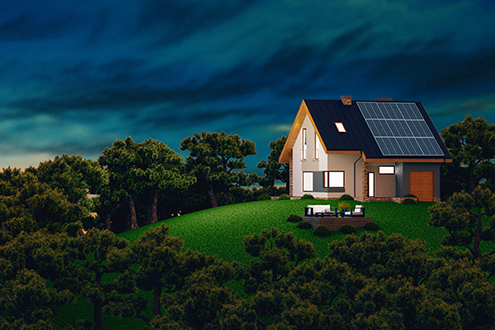
How to Get 10x Value from Your Solar Panel System with Storage
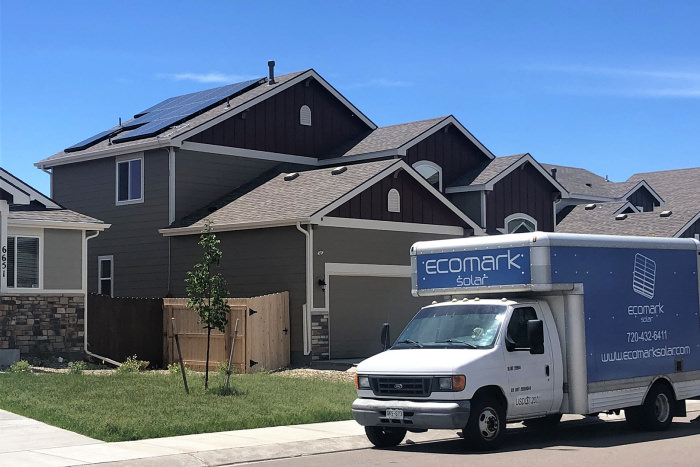
Make Power Outages a Thing of the Past For The Future of Your Home
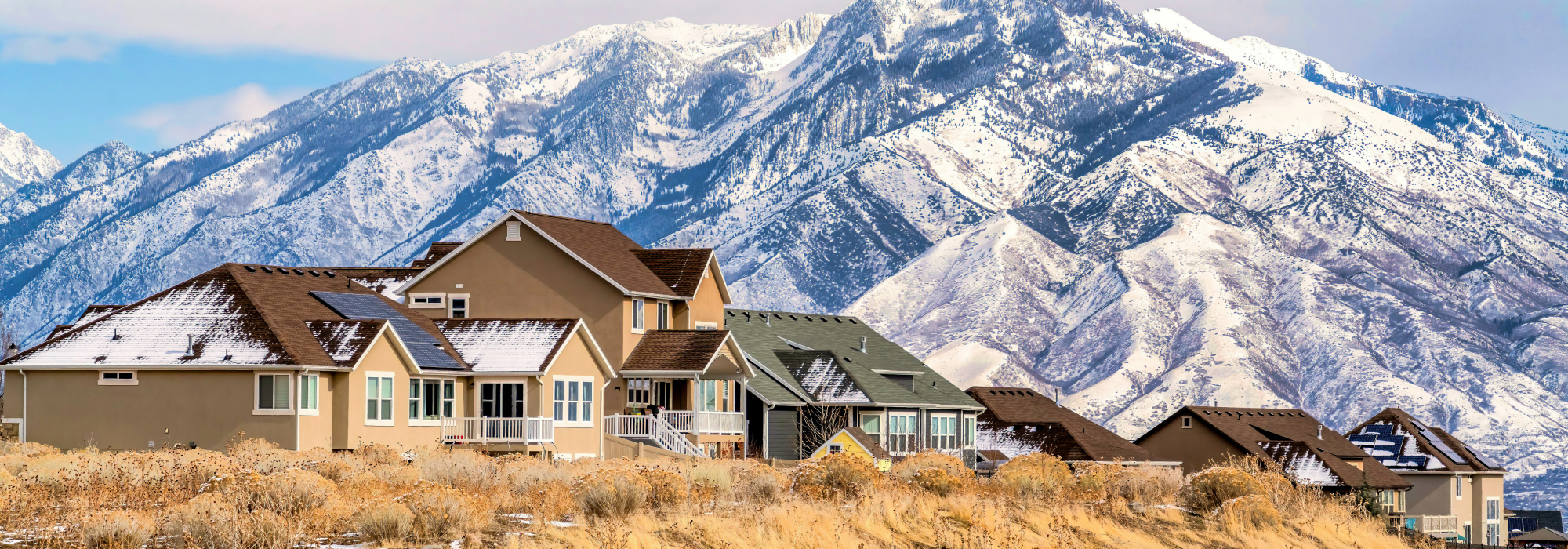 /wp-content/uploads/2021/06/colorado-solar-panels-in-the-rockies.jpg
700
2000
Max Cowles
/wp-content/uploads/2021/06/ecomark-solar-logo-with-panel.png
Max Cowles2021-07-16 17:15:352021-07-20 12:33:024 Things They Don’t Want You to Know About Solar Energy
/wp-content/uploads/2021/06/colorado-solar-panels-in-the-rockies.jpg
700
2000
Max Cowles
/wp-content/uploads/2021/06/ecomark-solar-logo-with-panel.png
Max Cowles2021-07-16 17:15:352021-07-20 12:33:024 Things They Don’t Want You to Know About Solar Energy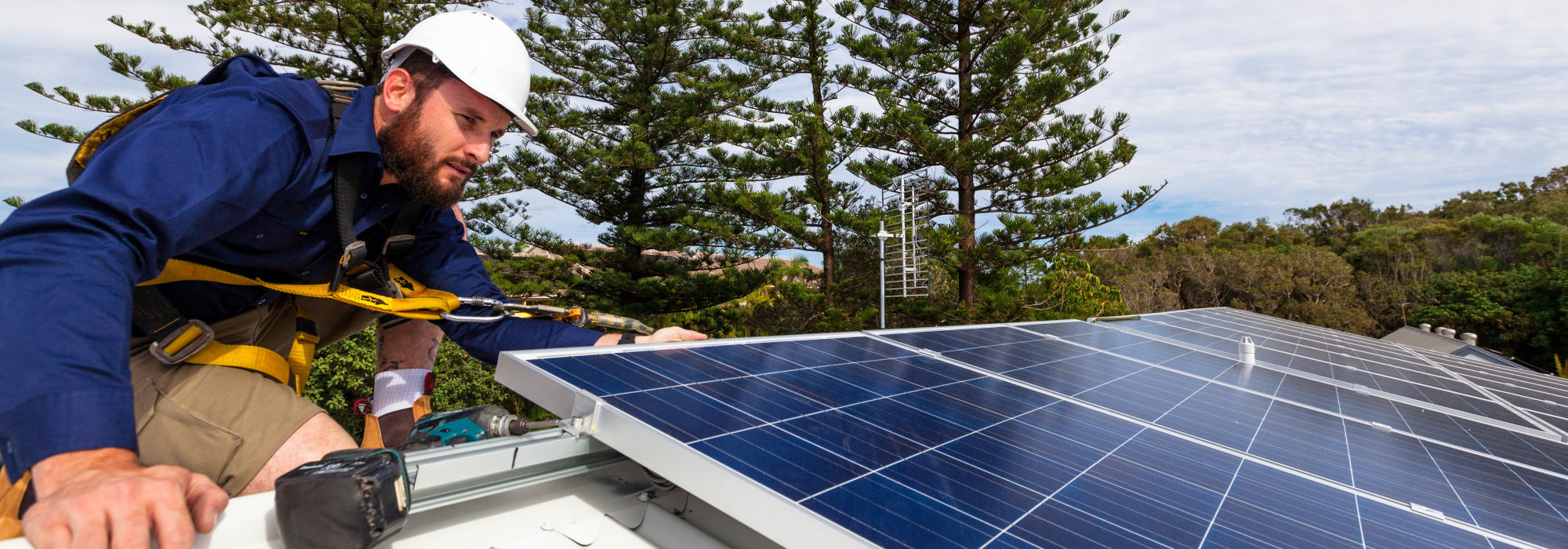 /wp-content/uploads/2021/07/colorado-solar-panel-installation-2000-700.jpg
700
2000
Max Cowles
/wp-content/uploads/2021/06/ecomark-solar-logo-with-panel.png
Max Cowles2021-07-16 16:57:582021-07-21 01:56:43Winter Solar Panel Maintenance Tips
/wp-content/uploads/2021/07/colorado-solar-panel-installation-2000-700.jpg
700
2000
Max Cowles
/wp-content/uploads/2021/06/ecomark-solar-logo-with-panel.png
Max Cowles2021-07-16 16:57:582021-07-21 01:56:43Winter Solar Panel Maintenance Tips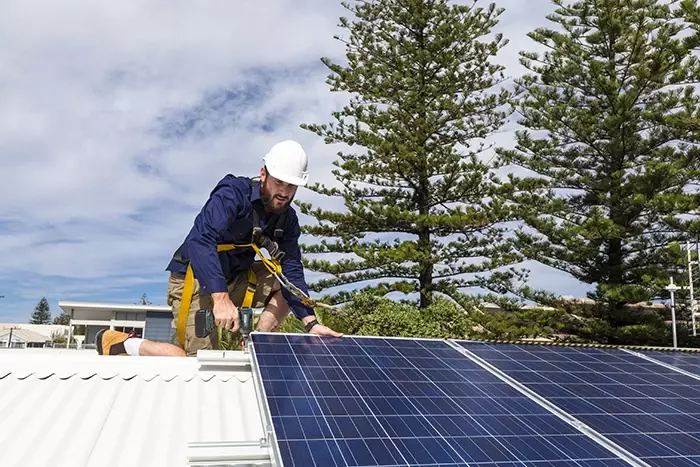 /wp-content/uploads/2021/08/how-solar-panel-installation-works-700x467-1.webp
467
700
Max Cowles
/wp-content/uploads/2021/06/ecomark-solar-logo-with-panel.png
Max Cowles2021-07-16 16:56:042021-08-16 18:48:15What is Net Metering, and How Does it Work?
/wp-content/uploads/2021/08/how-solar-panel-installation-works-700x467-1.webp
467
700
Max Cowles
/wp-content/uploads/2021/06/ecomark-solar-logo-with-panel.png
Max Cowles2021-07-16 16:56:042021-08-16 18:48:15What is Net Metering, and How Does it Work? /wp-content/uploads/2021/07/how-much-does-solar-cost-700467-1.jpg
467
700
Max Cowles
/wp-content/uploads/2021/06/ecomark-solar-logo-with-panel.png
Max Cowles2021-07-16 15:58:452021-07-21 02:30:34What happens when your solar system gets hit by hail?
/wp-content/uploads/2021/07/how-much-does-solar-cost-700467-1.jpg
467
700
Max Cowles
/wp-content/uploads/2021/06/ecomark-solar-logo-with-panel.png
Max Cowles2021-07-16 15:58:452021-07-21 02:30:34What happens when your solar system gets hit by hail?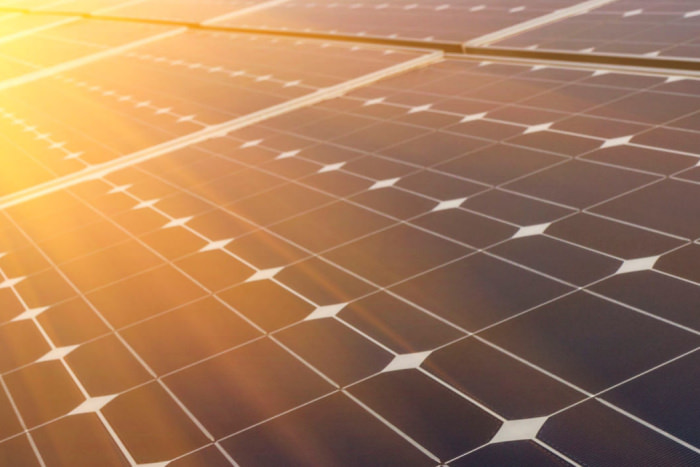 /wp-content/uploads/2021/07/best-solar-panel-installation-products-700467.jpg
467
700
Max Cowles
/wp-content/uploads/2021/06/ecomark-solar-logo-with-panel.png
Max Cowles2021-07-16 15:53:482021-07-21 02:09:17What Are the Financial Incentives for Going Solar?
/wp-content/uploads/2021/07/best-solar-panel-installation-products-700467.jpg
467
700
Max Cowles
/wp-content/uploads/2021/06/ecomark-solar-logo-with-panel.png
Max Cowles2021-07-16 15:53:482021-07-21 02:09:17What Are the Financial Incentives for Going Solar?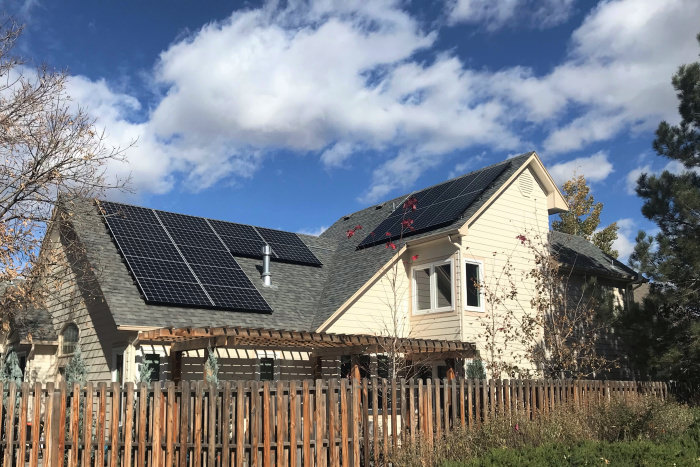 /wp-content/uploads/2021/07/over-3500-installations-in-colorado-700-1.jpg
467
700
Max Cowles
/wp-content/uploads/2021/06/ecomark-solar-logo-with-panel.png
Max Cowles2021-07-16 15:51:492021-07-19 19:42:28What are Micro-Inverters and Optimizers?
/wp-content/uploads/2021/07/over-3500-installations-in-colorado-700-1.jpg
467
700
Max Cowles
/wp-content/uploads/2021/06/ecomark-solar-logo-with-panel.png
Max Cowles2021-07-16 15:51:492021-07-19 19:42:28What are Micro-Inverters and Optimizers?Categories
EcoMark Solar
Corporate Office
4665 Paris Street #300-C
Denver, CO 80239


